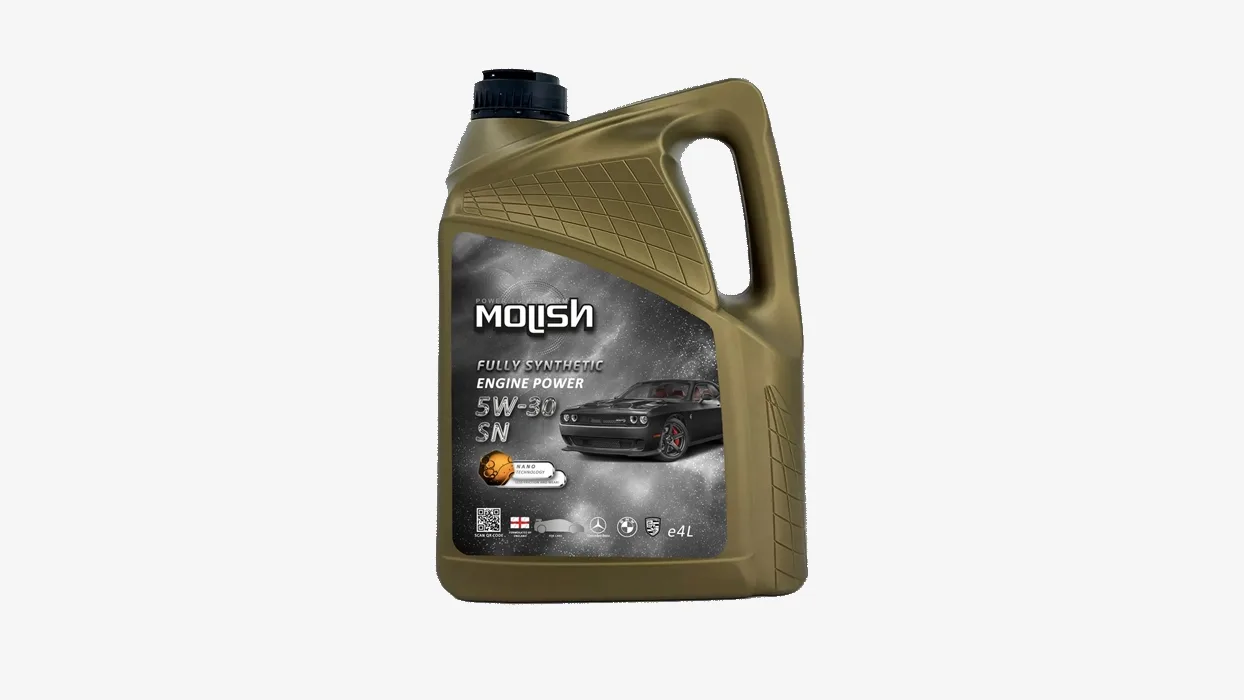Features and Applications of Refrigeration Oil 68
Refrigeration Oil 68 is a type of refrigeration or cooling compressor oil. This oil acts as a coolant, dissipating the heat generated during gas compression. It is a synthetic base oil compatible with ammonia refrigerant. Due to its suitable viscosity, it is used across a wide temperature range.
The primary application of this oil is in industrial and commercial refrigeration systems for various types of open, semi-hermetic, and hermetic compressors. It can also be used in air conditioning and refrigeration systems to prevent wear, rust, and other issues.
Among the features of Refrigeration Oil 68, one can mention its high resistance against all kinds of impacts and rust. Additionally, its effective lubrication in various industries and its durability and strength against oxidation and heat are among the prominent characteristics of this lubricant.
Technical Specifications of Refrigeration Oil 68
This oil can be used in systems where oil separation is essential.
The additives present in this industrial oil provide stability against heat and oxidation and prevent oil thickening inside the compressor.
Therefore, to minimize oil thickness, improve performance, and increase equipment lifespan, use Molish refrigeration compressor oil.
| Property |
Method |
Unit |
Typical Value |
| Viscosity @ 40°C |
ASTM D445 |
mm²/s |
≈ 68 |
| Viscosity @ 100°C |
ASTM D445 |
mm²/s |
≈ 6.8 – 7.0 |
| Density @ 15°C |
ASTM D1298 |
kg/m³ |
≈ 850 – 870 |
| Flash Point (COC) |
DIN ISO 2592 |
°C |
≈ 210 – 220 |
| Pour Point |
DIN ISO 3016 |
°C |
≈ -30 / -33 |
| Refrigeration Oil Group |
DIN 51503 |
– |
KAA, KC, KE |
| Neutralization Number (TAN) |
DIN/ASTM |
mgKOH/g |
< 0.04 |
| Saponification Number |
DIN/ASTM |
mgKOH/g |
< 0.08 |
| Refrigerant Stability |
DIN 5193 |
– |
≥ 96 |
The lowest temperature at which the oil still flows is called the pour point. If the temperature drops below the permissible limit, the oil begins to solidify and loses its fluidity. In cold climate regions, the oil must have a low pour point.
The lowest temperature at which the oil ignites when exposed to a flame source is called the flash point. The higher the flash point, the lower the fire hazard.
Viscosity refers to the thickness of the oil; in other words, the fluid’s resistance to flow. Temperature, pressure, base oil type, and additives affect viscosity. For example, as temperature increases, viscosity decreases and the oil becomes thinner.
Density refers to the weight or mass of the oil. For example, how heavy one liter of oil is.
